“Nothing good happens in an empty theatre.”
— Hillsman Wright
It’s known as The Pacific and it’s stories and legends seem to be fading with time. It sits like an empty, dark shell along Hollywood Boulevard. It’s full of lost things and lost memories. Thousands of people pass the building daily without stopping to give it a second glance.
Built in 1928 by Warner Bros, it was meant to be the crown jewel of theatres on the West Coast. It was the brainchild of Sam Warner, one of the four Warner brothers who founded Warner Bros. Studios. His vision was grand for the 1920s: improve technology, introduce sound to movies (by means of music and sound scores), and find a way to synchronize the voices of the actors to the motion picture (now known as synchronized sound).
His elder brother didn’t agree with him and refused to introduce sound technology to their films; this was likely driven by religious and political reasons. The Warner brothers were Jewish immigrants from Poland who had long fought antisemitism in the United States. The company that owned the sound technology was Western Electric’s Bell Laboratories, who had a strong Catholic bias and did not approve of Warner’s Jewish politicking. It was only after Sam Warner married a Catholic woman (who one evening showed up at dinner with execs from Bell wearing a cross around her neck), did Bell finally agree to sell Vitaphone technology to the fledgeling studio.
Sam continued to push the other Warner brothers to adopt and evolve the use of sound movies… and only met success when Warner Bros. dipped into financial trouble. In 1926, the studios released two shorts using Vitaphone technology (synchronized score and sound effects): Don Juan (August) and The Better ‘Ole (October). Next came The Jazz Singer, which is credited for being the first movie to use synchronized speech, which paved the way for talking movies.
These three movies and the use of early sound technology turned the fortunes of Warner Bros. and put them into league with the big movie studios in what is considered Golden Age of movies. But Sam did not see of any of this success. He died on October 5, 1927, before the screening of The Jazz Singer, a movie which he fought hard to create.
In the background of all of this movie history, Sam Warner oversaw the construction of the Pacific. His idea was to build a theatre that used the best sound technology and best video technology, but like just mentioned, he died on October 5, 1927, before the theatre could be completed. This didn’t prevent construction and the grand opening was on April 26, 1928, with the movie Glorious Betsy: a “silent” film, with talking sequences, synchronized music and sound effects.
It wasn’t originally named “The Pacific” but rather “Warner’s Hollywood Theatre.” You can still see the “Warners” letter on the inside of both radio transmitters atop the building. These towers also hint to the building history as an AM radio station: KFWB, which Sam Warner purchased in 1925 (now known as The Beast 980). It’s said that his dabbling in the world of radio is what inspired him to attempt to use synchronized sound in future Warner Bros. Pictures.
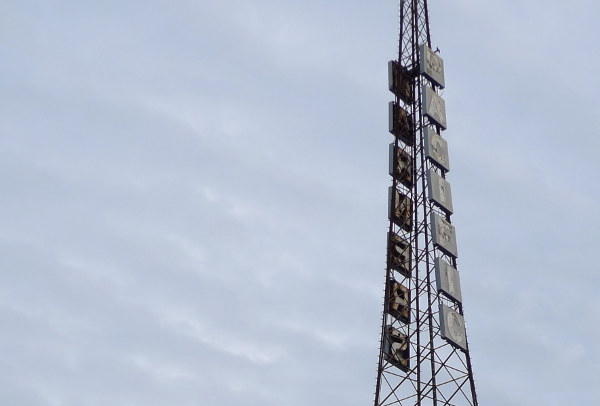
Throughout the 20th Century, the theatre continued to push innovation. It was one of the first theatres converted to a widescreen Cinerama format in the 1950s, and one of the first to run 70mm films in the 1960s (over the standard 35mm films). Shortly after this (1968), Stanley Warner sold the theatre to the local chain Pacific Theatres, which gives the theatre its name.
One of the more famous legends revolves around one of the stars in front of the entrance. Carol Burnett once worked in the theatre as an usherette. During one evening showing of Alfred Hitchcock’s Strangers on a Train (1951), a couple arrived early… just as the previous show was at the climactic ending. Rather than let them in, Carol recommended that the couple wait until after the show ended before heading into the theatre, to prevent spoiling the ending. However, the theatre manager observed her interaction, let the couple in, and subsequently created a loud and angry scene where he fired Burnett on the spot.
Years later, when Carol got her own star on the Boulevard, she was asked where she would like it to be placed… and she immediately said she wanted it at the entrance to the Pacific Theatre.
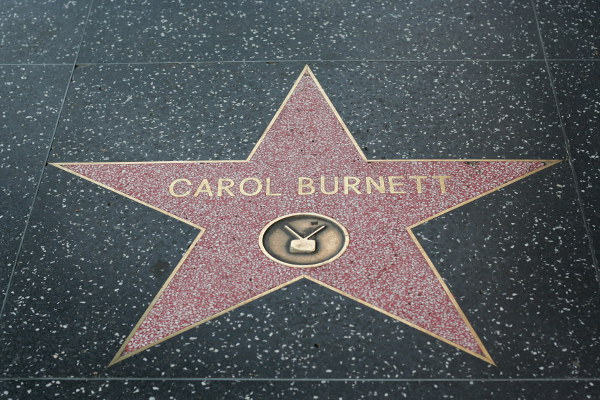
The building is still owned by Pacific Theatres, even though it was closed to the public in 1994. It is occasionally used for film screenings and as a learning and testing facility (for new technology). And, even though it is a historical landmark, it is constantly at risk of being torn down.
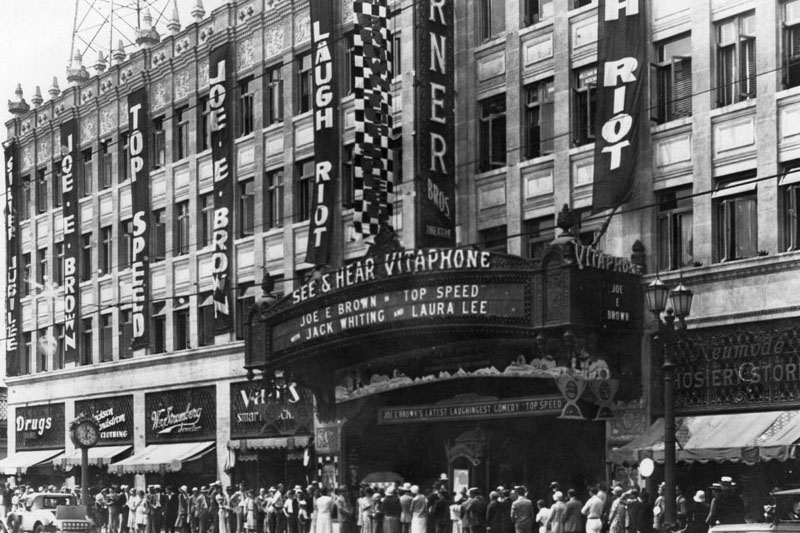
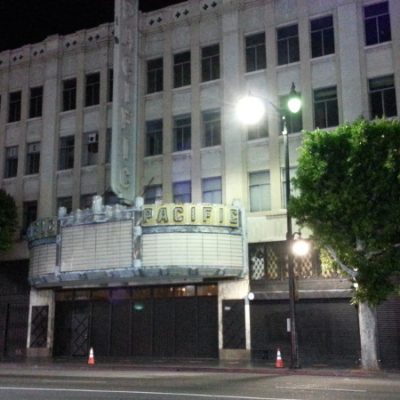
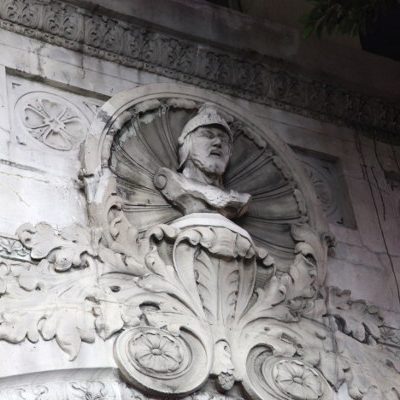
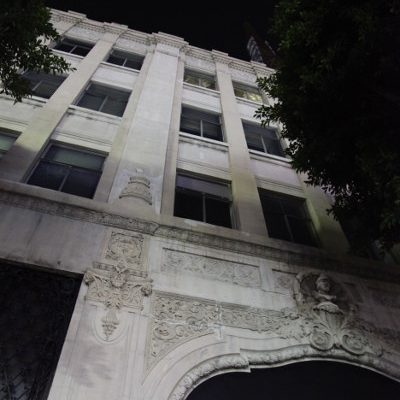
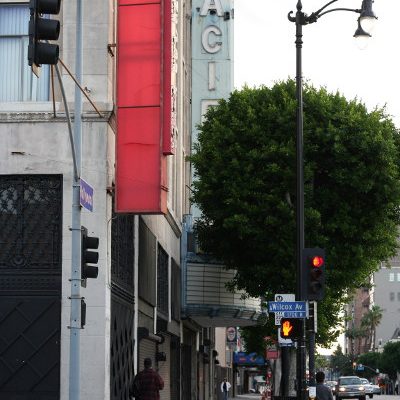
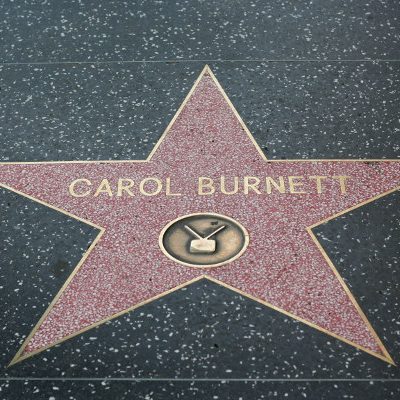
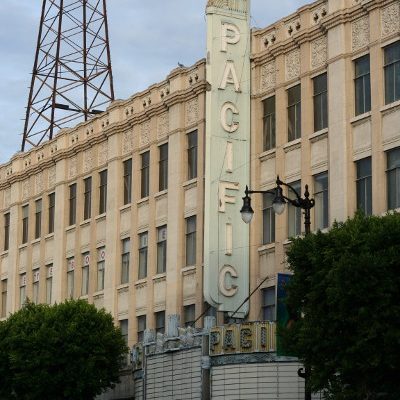
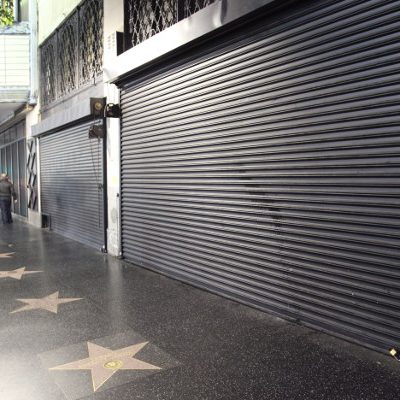
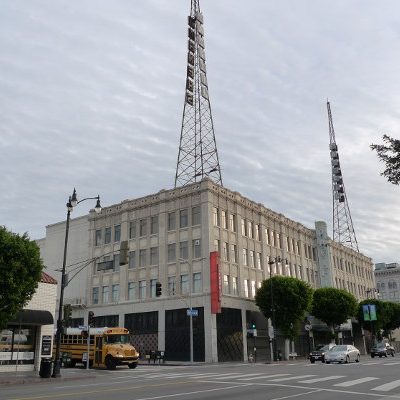
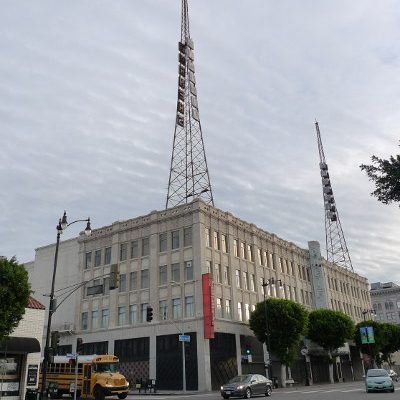
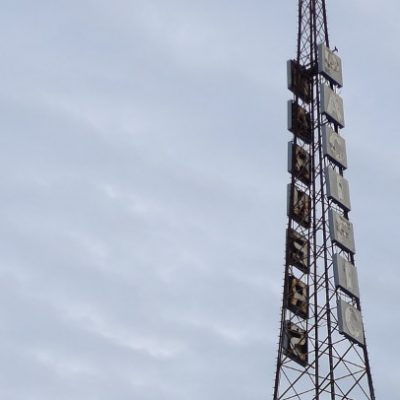
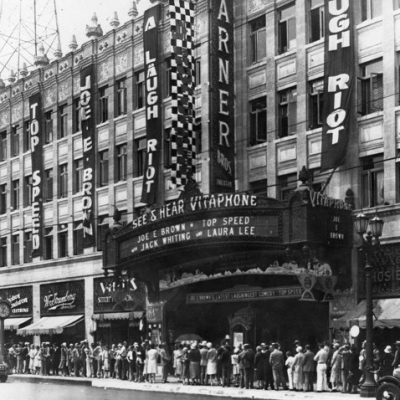
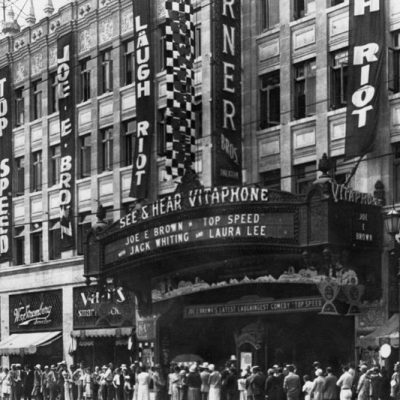
0 comments on “The Pacific”Add yours →